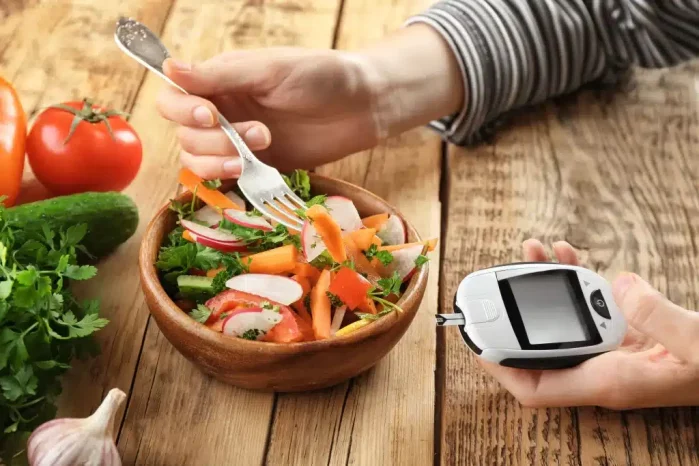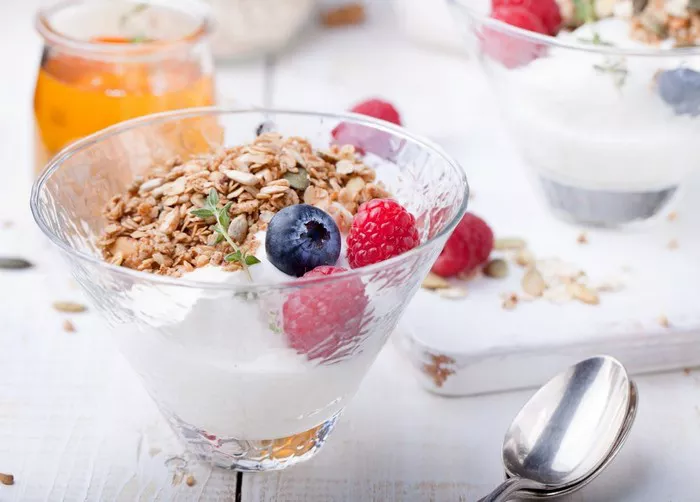Understanding Glycemic Index and Load
Before delving into specific fruits, it’s crucial to understand the concepts of glycemic index (GI) and glycemic load (GL). GI measures how quickly a carbohydrate-containing food raises blood sugar levels compared to pure glucose, which has a GI value of 100. Foods with a high GI cause rapid spikes in blood sugar, while those with a low GI lead to slower, more gradual increases. GL takes into account both the quality and quantity of carbohydrates in a serving of food, providing a more accurate representation of its impact on blood sugar levels.
Fruits to Avoid for Prediabetics
Watermelon: Despite its high water content and refreshing taste, watermelon ranks high on the GI scale, with a GI value ranging from 72 to 80. Consuming large quantities of watermelon can lead to rapid spikes in blood sugar levels, making it less than ideal for individuals with prediabetes.
Pineapple: Pineapple is another tropical fruit that may not be the best choice for prediabetics due to its relatively high GI (around 59) and GL. It contains natural sugars that can cause blood sugar levels to rise quickly, especially when consumed in large amounts or in the absence of other foods that slow down digestion.
Mango: While mangoes are delicious and nutritious, they have a moderate to high GI (around 51) and can impact blood sugar levels significantly when consumed in excess. Opting for smaller portions or pairing mango with protein or healthy fats can help mitigate its glycemic effect.
Bananas: Bananas are convenient snacks packed with nutrients like potassium and vitamin C, but they also contain natural sugars that can elevate blood sugar levels. Ripe bananas have a higher GI than unripe ones, so choosing slightly green bananas or combining them with other foods can help moderate their glycemic impact.
Dried Fruits: Dried fruits, such as raisins, dates, and dried apricots, are concentrated sources of sugar and calories. Their drying process removes water, leading to a higher concentration of sugar per serving. As a result, they have a higher GI and GL compared to their fresh counterparts, making them less suitable for prediabetics.
Alternative Fruit Choices for Prediabetics
Berries: Berries, including strawberries, blueberries, raspberries, and blackberries, are excellent choices for prediabetics due to their low GI and GL. They are rich in fiber, antioxidants, and vitamins, which help slow down the absorption of sugar into the bloodstream, preventing sharp spikes in blood sugar levels.
Apples: Apples are a versatile fruit that provides fiber, vitamins, and minerals while offering a relatively low GI and GL. Choosing whole apples over apple juice or applesauce ensures you benefit from their fiber content, which aids in blood sugar regulation and promotes satiety.
Citrus Fruits: Citrus fruits like oranges, grapefruits, and lemons are packed with vitamin C and fiber, yet they have a low GI, making them suitable choices for prediabetics. Their acidity may also help slow down the digestion of carbohydrates, further stabilizing blood sugar levels.
Pears: Pears are another fiber-rich fruit with a low GI, making them a smart choice for prediabetics. Their natural sweetness satisfies cravings without causing significant spikes in blood sugar levels, especially when consumed with the skin, which contains additional fiber.
Cherries: Cherries are not only delicious but also low on the GI scale, making them an excellent option for prediabetics. They contain compounds like anthocyanins, which have been linked to improved insulin sensitivity and reduced inflammation, further supporting blood sugar control.
Guidelines for Fruit Consumption
While certain fruits are more favorable for prediabetics, moderation and portion control are key principles to remember. Here are some guidelines to help prediabetics make informed choices:
Portion Control: Limit fruit servings to appropriate portions to prevent excessive sugar intake. Aim for one to two servings of fruit per meal or snack, focusing on low-GI options to minimize blood sugar spikes.
Pairing with Protein or Healthy Fats: Combining fruits with sources of protein or healthy fats, such as nuts, seeds, yogurt, or cheese, can further slow down digestion and mitigate their glycemic impact.
Opt for Whole Fruits: Choose whole fruits over fruit juices or dried fruits whenever possible. Whole fruits contain fiber, which helps regulate blood sugar levels and promotes satiety, whereas fruit juices lack fiber and can lead to quicker spikes in blood sugar.
Monitor Blood Sugar Levels: Regularly monitor blood sugar levels to assess the impact of different fruits on glycemic control. Individual responses to fruits may vary, so it’s essential to personalize dietary choices based on personal tolerance and metabolic health.
See also:Why Is It Important For Elderly To Eat Healthy
Conclusion
In conclusion, fruit selection plays a crucial role in the management of prediabetes, as certain fruits can significantly impact blood sugar levels. Prediabetics should prioritize low-GI fruits rich in fiber, vitamins, and antioxidants while avoiding high-GI options that may cause rapid spikes in blood sugar. By incorporating a variety of fruits into a well-balanced diet and practicing portion control, individuals with prediabetes can enjoy the nutritional benefits of fruits while supporting optimal blood sugar control and overall health. Always consult with a healthcare professional or registered dietitian for personalized dietary recommendations based on individual health status and goals.
What Can People Eat With Diabetes

























